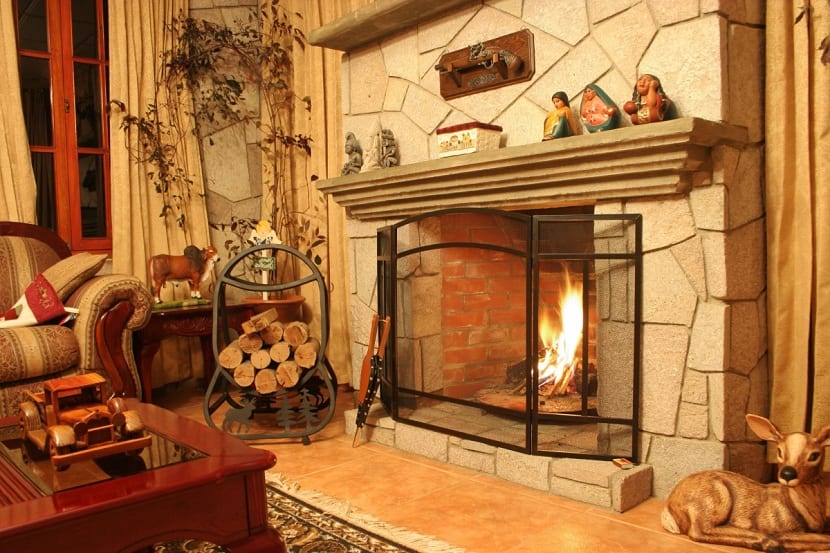
It is common to see many families who live in rural areas or who have houses to go to on weekends. During the winter months when temperatures are very low, wood and charcoal stoves are used to heat the house. However, this home custom has various impacts on the environment.
In this article we are going to discuss the environmental impact of wood and charcoal stoves in rural areas and the possible alternatives to deal with it. Do you want to learn more about this environmental problem? Keep reading.
Use of wood stoves
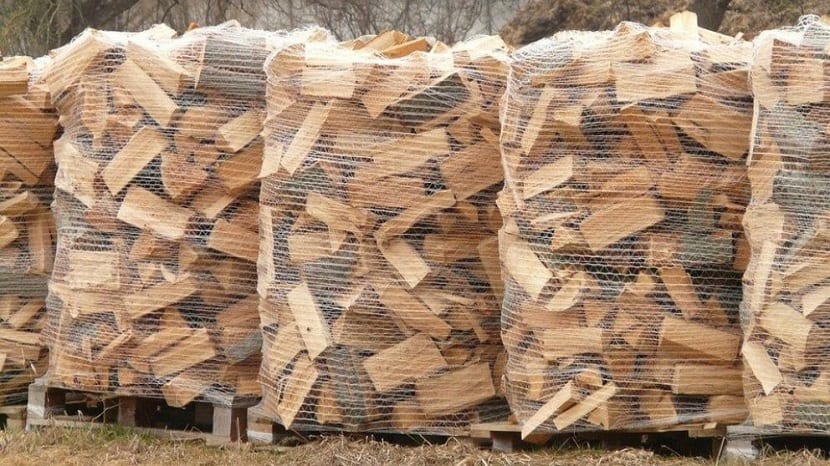
Firewood has been used throughout history to heat homes around the world when temperatures are lower. It is considered a type of natural resource that is extracted from ecosystems and that, through its combustion, gives us enough heat to combat the winter cold. The consumption of firewood has attached some variables such as be economic, ecosystemic, social, technical, social and cultural.
They generally serve for cooking and heating apart from granting good social relations. Who wouldn't love to spend a good weekend surrounded by loved ones in a rural house with a fireplace in the middle of winter. The truth is that it is a very pleasant situation for which its use has spread socially. However, the repeated and widespread use of this type of stove can become a contamination problem.
Currently sadly the greatest energy consumption comes from fossil fuels. These are non-renewable sources of energy and are formed through the long processes of decomposition of organic matter. Firewood requires a combustion process to provide much-needed heat and, through this process, it emits a series of greenhouse gases that contribute to global warming.
Environmental impact on the use of firewood
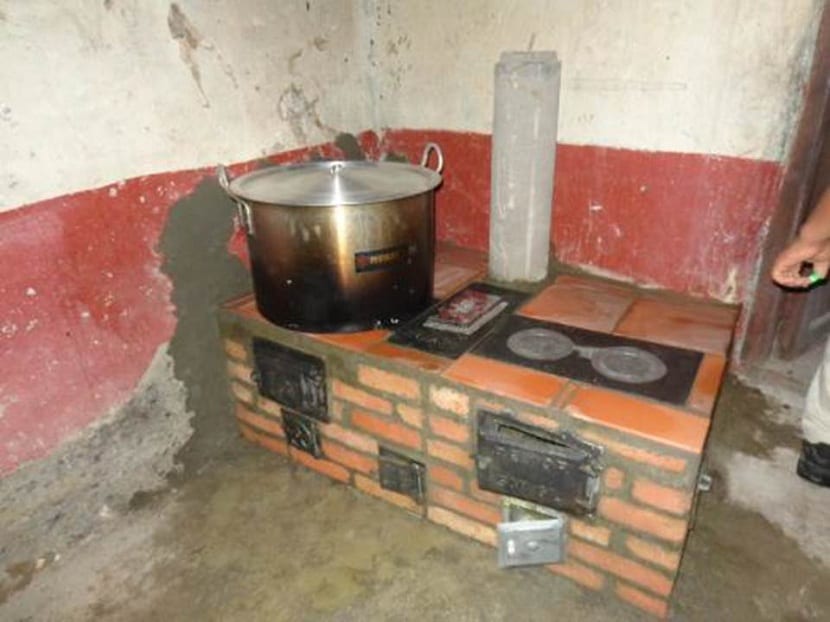
Both wood and charcoal stoves are non-renewable energy sources and, therefore, pollute in their use. One of the main drawbacks of the use of firewood is that it has a high alkali content, a low moisture content and a great heterogeneity in the materials that it gives rise to when the combustion process occurs.
And it is that when we burn wood we are not only emitting carbon dioxide and water (as in any combustion), but other compounds are also generated. Among these elements we find aldehydes, polycyclic aromatic hydrocarbon compounds (known as PAH's), volatile compounds such as dioxins (very harmful to health and the environment) that are considered mutagenic. These dioxins have a human respirable particle size and can contribute to genetic diseases.
These elements emitted during the combustion of wood from the stoves affect the surrounding environment and all that place where the gases arrive. In addition, inside the home also a large part of these gases and dioxins are breathed emitted during the combustion of firewood.
Impact on humans
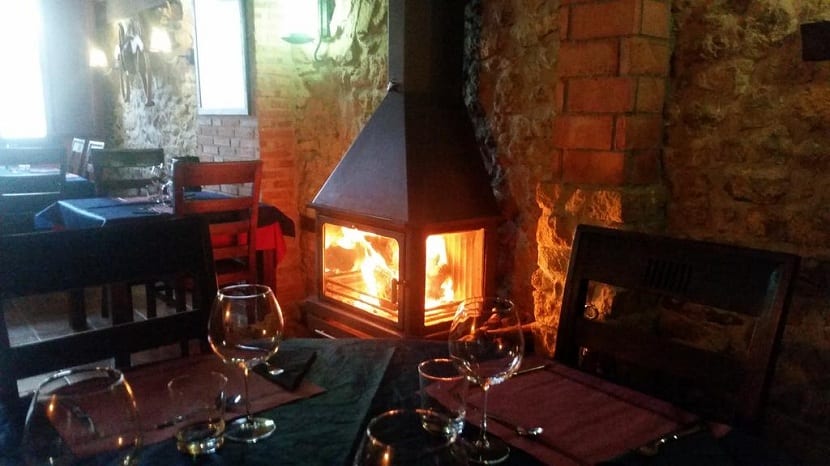
Wood stoves emit between 10 and 180 grams of carbon monoxide for every kilogram of wood used. This gas has serious effects on humans when it mixes with blood. We find problems such as a decrease in oxygen levels, affecting the heart. If the concentrations get higher, we can losing consciousness and having brain damage leading to death. These cases of carbon monoxide poisoning are known as placid death, since you are not aware when you are poisoning yourself.
Another gas that is emitted during combustion in wood stoves is nitrogen dioxide. In this case, the problem occurs when it is exposed for long periods of time, causing respiratory diseases, especially in children. We find several cases in which families use this type of stove for a long time or even extending it all winter. As they always say, it is the dose that makes the poison.
During the combustion of wood, sulfur dioxide is also emitted which, in high concentration, produces cough, congestion in the chest, reduction of lung functions, even bronchitis. These airborne particles can cause pneumonia and asthma.
Social and ecosystem aspects
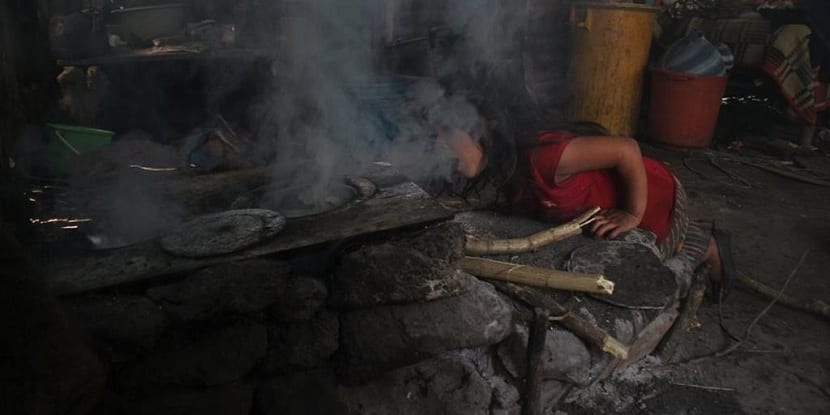
Obviously nothing is going to happen to go away for a weekend and be under the heat that a wood or coal stove gives us. But if that exposure lasts too long, that's when the problems come. However, the impacts produced on the environment are due to the number of rural homes that have this type of heating in winter and not so much of the frequency.
A single house can have a wood stove active 24 hours a day, 7 days a week that the impact will be minimal. But enough that 200 houses have it on one weekend so that gas emissions are noticeable.
Ecosystem aspects refer to those elements of nature that can be damaged through the use of this type of stove. We will have to analyze the ecological value of the areas where we are, since an environmental impact cannot be made where there is no value. The vegetation and fauna as well as the hydrology and geology of the land are determining factors of the environmental impact.
Alternatives
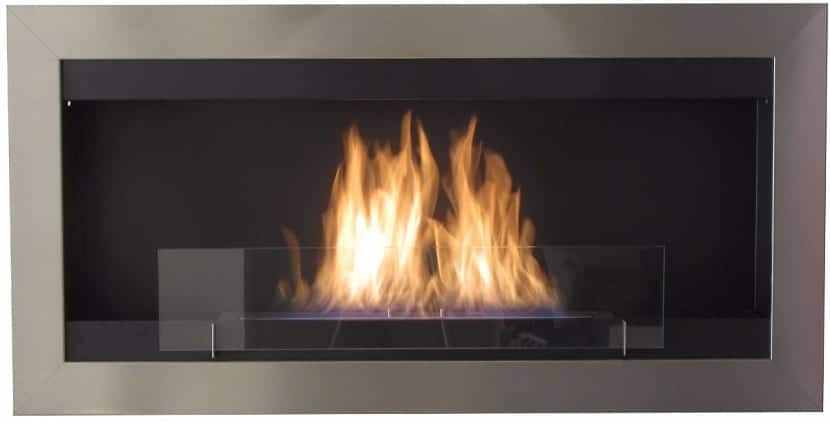
To reduce the environmental impact of wood and coal stoves in rural areas, we find several alternatives. One of them is pellet stoves. Although it still works as biomass fuel, does it in a different way. The pellet contributes to a cleaner combustion and the stoves are prepared not to emit the gases inside the home. These gases are redirected to the outside.
Another alternative are the bioethanol stoves. These work through the burning of a refined alcohol from agricultural products such as potatoes, sugar cane, corn and barley. This type of stove has the advantage that it can control the amount of heat that we can emit.
I hope that with this information you can learn more about this environmental impact.